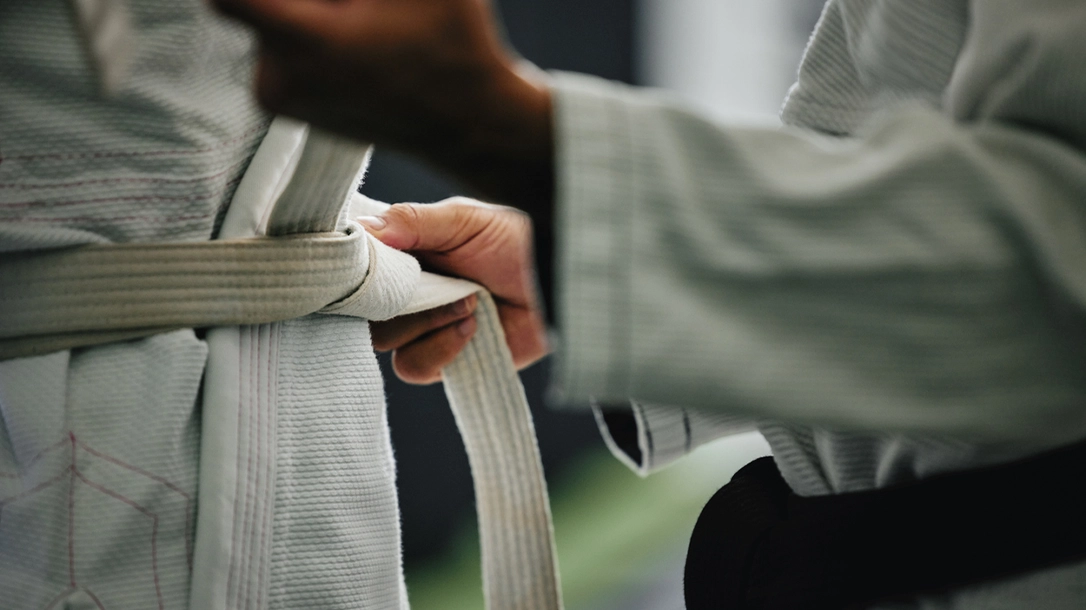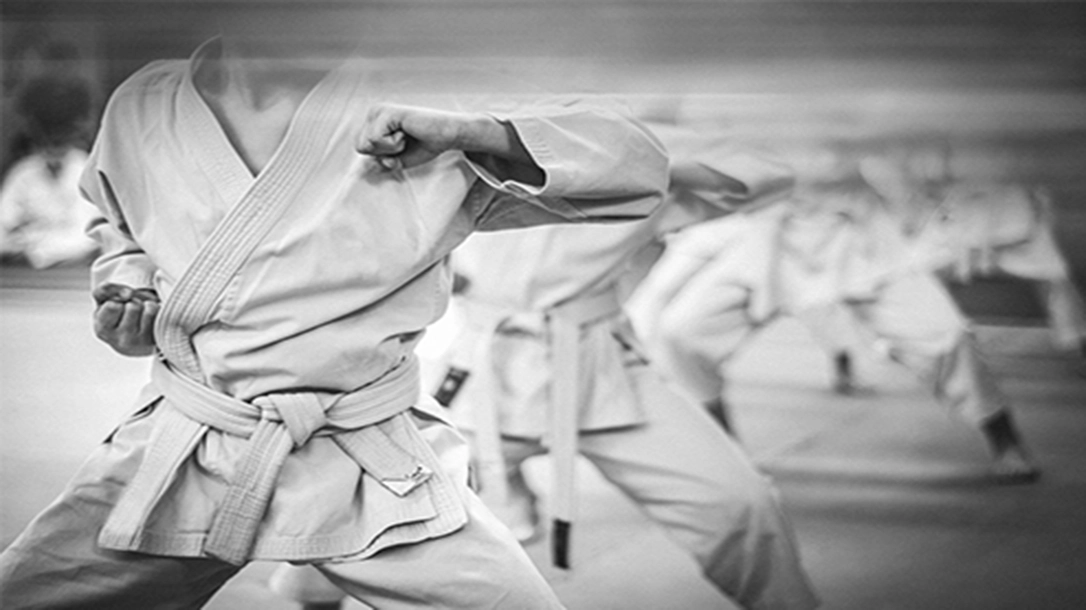To the layperson, martial arts are constantly referred to as simply “Karate” because many people don’t understand the great number of diverse martial arts disciplines in the world. In fact, there are dozens upon dozens of martial arts that one can choose from to learn a variety of skills and character traits like patience, discipline, and control. But how does one choose the martial art that’s best for them?
A great place to start is by matching a person’s personality traits to a martial art that mirrors their characteristics. Though not an exact science, the information below can point you in the right direction to begin your martial arts journey.

Martial Arts Matter
The Philosopher
Some individuals enjoy philosophy, history, and culture, and as such, may opt to choose styles of martial arts like Aikido, Tai Chi, Kung Fu, and even Jeet Kune Do (yes, Bruce Lee’s art). These martial arts offer a deep history and philosophy behind forms, techniques, the state of mind of the practitioner, and a practitioner’s mindset when delivering techniques to an aggressor.
For this person, a martial art is more than punching and kicking. Many times, the students of these martial arts will adopt the art’s culture, garb, and traditions as the influence of the art permeates into all aspects of their lives.
THE COMPETITOR
If you enjoy competition, like to try your best at everything you do and enjoy earning medals, trophies, and plaques for your achievements, then martial arts that emphasize the sport aspect may be perfect for you. One just has to look towards the Olympics to see the big boys of martial arts competitions.
Tae Kwon Do, Judo, Boxing, Greco-Roman, Freestyle wrestling, and fencing (yes, fencing is a martial art) are put on the biggest stage in front of the world to “fight it out” for a medal. On a smaller scale, Karate and Tae Kwon offer local tournaments for practitioners, and within the dojo, sparring for points is a regular part of these schools’ regular and ongoing curriculum.
THE PERFORMER
Similar to the Competitor, people who like to study routines, practice regularly, and perform in front of others either for prizes or just personal satisfaction should look to martial arts that predominantly include forms of training. Forms are a set series of movements that illustrate the practitioner’s fluidity of motion with and without weapons in hand.
These forms can be intense, with lightning-quick transitions, top-level physical prowess, and a kiai (a sharp shout when performing an attack move) that can send chills down a spectator’s spine. Martial arts that feature such forms include Karate, tae kwon do, and numerous styles of kung fu.
THE LONE WOLF
One could argue that just about any martial art can be learned alone, especially if the practitioner is highly disciplined and has access to a plethora of videos, books, and equipment. However, some martial arts are definitely better than others when it comes to solo learning. Karate is one of the best to learn by oneself due to its many techniques that do not require another individual to be involved.
Boxing is another solitary training martial art (although once the skills are obtained, it’s time to go into the ring) that can be practiced alone using the heavy and speed bag. Though quite diverse in their backgrounds, Tae Kwon Do and Tai Chi can also be great options for those who like to train alone. However, after repetitive skills and movements are comfortable and natural for the practitioner, interaction with others is necessary to test their effectiveness. Any martial arts that require another person, even in the early stages of learning, should be avoided for the Lone Wolf. These include arts such as Aikido, Krav Maga, and Brazilian Ju-Jitsu.
THE DEFENDER
If you like to mind your business and avoid conflict but want to defend yourself if trouble arises, then a defense-centric martial art may be for you. These disciplines primarily (there are some minor exceptions, at times, though) avoid aggressive and offense-based techniques for defense-applicable ones.
This category is difficult to explain when most martial arts are considered suitable for “self-defense.” The difference with these arts is that they primarily focus on training with techniques that require the attacker to make the first move, whether a punch, kick, grab, or weapon attack. Martial arts from Japan, such as Aikido, Aiki-Jitsu, Ju-Jitsu (not to be confused with Brazilian Ju-Jitsu), and Judo, all follow a defense-first mentality and curriculum. Bear in mind, even though several martial arts are defense-based, once attacked, the practitioner can let loose a barrage of damage against their foe(s).
THE HANDS-ON PERSON
If you always have to fiddle with something or constantly need something in your hand throughout your day, then perhaps a weapons-based martial art is your thing. Martial art disciplines run the gamut from weaponless use to so many that you couldn’t even begin to learn them all.
Many Kung Fu styles incorporate highly diverse and rarely known weapons into their forms and combat training. Japanese art practice with many weapons initially used by both Samurai and Ninjas. From extra-long naginata to katanas, they throw stars, tanto knives, and more obscure items like the ninja kusarigama and kusari-fundo chain. Of course, Karate features the nunchaku and staff regularly, while fencing utilizes three swords, foil, epee, and saber styles.

Fads And Trends
For those who find it difficult to make a decision or tend to get bored easily, you may want to try the “hot” martial art that is popping up fast throughout your city or town. Many times, movies, actors, or real-life events kickstart a certain style into the limelight and cause many people to seek it out because it’s fresh and popular.
Because these “flavor-of-the-month” martial arts are ever-changing, styles cannot be named here. However, I can drop a few examples from the past. Naturally, when Bruce Lee made his amazing movies, especially when using nunchakus, everyone wanted to learn his style and emulate him. In the late eighties and early nineties, Steven Seagal introduced the mysterious art of Aikido in action-packed movies, causing an incredible number of Aikido dojos to open across the country. Soon after that, a specific style versus a specific style was prominently shown to the masses through the UFC (Ultimate Fighting Championship), in which many traditional styles were featured during their early years and have since morphed into what is now called MMA.
Freedom to Choose
The biggest takeaway from having all these options based on your particular traits is that you are not married to any of them, regardless of your mindset or personality. Feel free to watch classes, take a free trial lesson or two, and do your research. You never know; you may find something so far out of your box that it turns out to be both intriguing and ultimately rewarding for you over the long term. Change is natural, so dive in and begin your martial arts journey today!






















